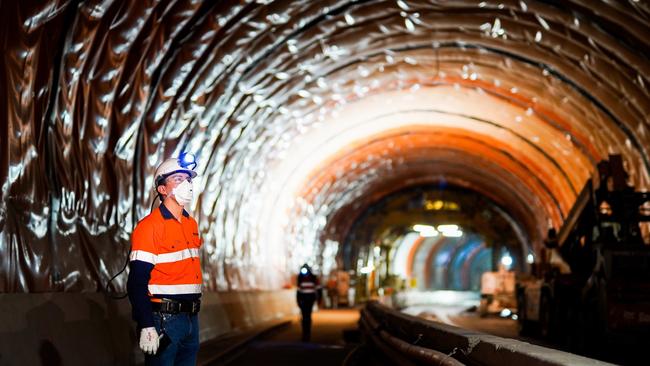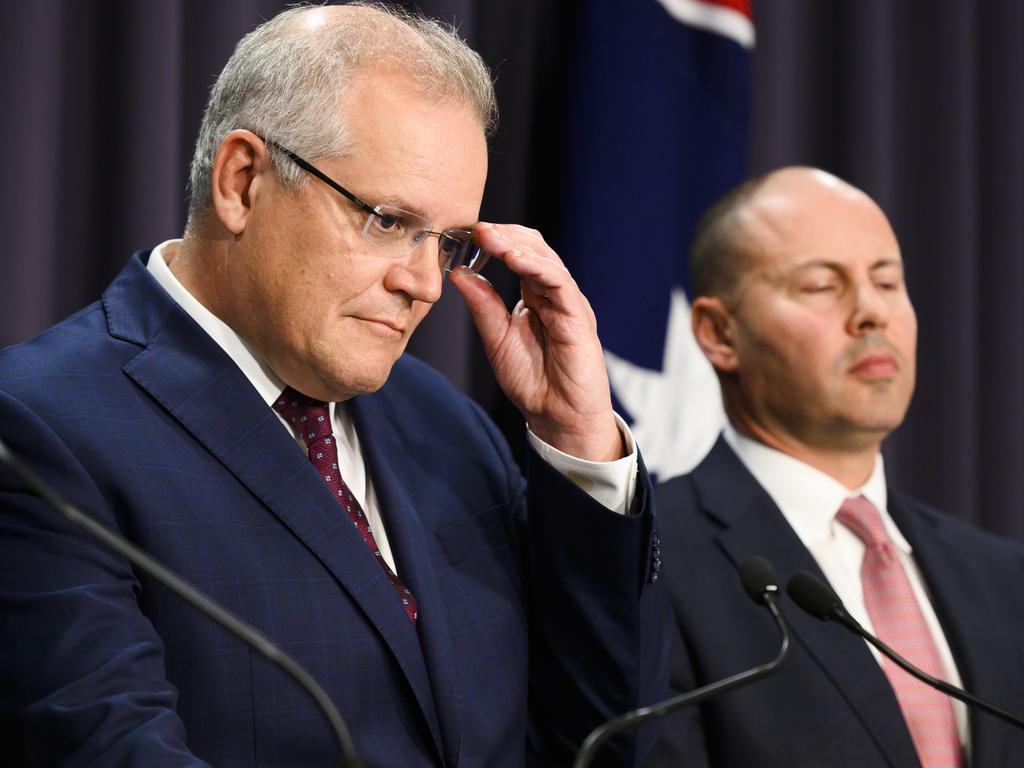Property and infrastructure could challenge industry superannuation funds in a crash


But prudent governance requires all funds – whether they are industry, retail or government – to undertake such an exercise. I have been reporting business for almost six decades and have periodic seen financially catastrophic events. They happen, so funds must be prepared. And my superficial examination indicates two obvious weaknesses that need to be addressed.
Historically, major stockmarket falls have often triggered major withdrawals of money from particular securities. The withdrawals are driven by fear.
However in the superannuation movement, unless the beneficiary of the fund is in retirement mode the money can’t be taken outside the superannuation industry, which limits the extent of any run on funds.
Nevertheless, most of the funds, including the vast majority of balanced funds, allow members to extract money with 72 hours’ notice. There are provisions that can modify that very short notice period but if they were exercised in a slump it would greatly increase the panic withdrawal pressures. Seventy two hours is a very short notice period.
Most funds have strong liquidity to cater for an unexpected eventuality and, to the extent they are invested in the stockmarket, they can sell their shares at the prices of the day.
That would not be a pleasant exercise because the market would be depressed and further selling would accelerate the fall. But the lower prices would be reflected in the price received by those exiting the fund and would not jeopardise the long term stability of the fund.
As far as I can see, most of the large funds are structured to handle a major withdrawal. But they nearly all have two weaknesses that leave them vulnerable. The first and biggest is the lack of proper disclosure by both retail and industry funds.
In a market slump, nondisclosure will fan rumours which greatly increase the risk of a run. And in any event, members of public trusts are entitled to know where their money is invested. Australia needs to follow Canada and California in its disclosure provisions. This should be a top government priority covering all publicly available funds.
A second danger arises from investments in infrastructure, property and private equity. These are not liquid investments and yet, particularly infrastructure and property, they have been wonderful securities for superannuation holders because they provide long term benefits.
Indeed one of the reasons that industry funds have performed better than retail funds has been their strong position in direct ownership of property and infrastructure.
When the last major downturn took place there was nowhere near the investment in direct ownership of property and infrastructure, because the industry funds were minnows.
Now in 2020 let me relate to you what might happen after a 30 to 50 per cent sharemarket crash.
Listed property and infrastructure companies would fall drastically in price reflecting the reduced value of their assets. Currently these direct investments are currently valued periodically by valuers who usually use past transactions as a gauge. These take time to reflect the new circumstances. Often valuations are staggered. In normal circumstances it works well, but not in a crash
I have seen in past crashes the emergence of so called “valuers values” which are substantially above the sharply reduced market values created by the slump. Sometimes property people challenge the sharemarket values.
Imagine someone – for argument’s sake, let’s say it’s me – who has a big holding in a balanced industry fund which has, say, 20 per cent of its assets in property and infrastructure. I know that the underlining value of that investment is substantially less than the “valuers value”. So I cash in my balanced fund at the market price of the day and place the funds in a self-managed fund or in cash-orientated securities in another fund.
Once the word spreads that you can get out of balanced fund at prices well above the share market value then the rush will be on. The fund will be paying out money at an inflated asset price. That means those remaining in the fund not only suffer losses when the properties are revalued down to market, but their balances are further reduced by the exodus of funds at inflated values.
This is not hard to fix. It would be very easy to change the funds’ rules so that there is an index of listed companies that hold similar assets. If that index falls, say 15 per cent, then the fund should pay out on the basis of the index rather than on the “valuers value”. Naturally I am not wedded to that particular solution but a solution needs to be found before any crisis erupts. Arguably the same thing has been happening on the way up. It should be remembered that self-managed funds don’t have the same problem because the beneficiaries are the managers and if there is a run on the funds it is the owners who suffer. And whatever is done, all major funds must be treated equally. Additional complex rules are not required for self-managed funds.






Massive superannuation money flows and the latest sharemarket falls driven by coronavirus fears have combined put all large superannuation funds on alert. Many are asking the question: “What would happen to our fund if there was a 30 to 50 per cent share market fall and that slump triggered a massive withdrawal of funds?” I can’t emphasise strongly enough that neither myself nor the funds are forecasting such an event in the foreseeable future.